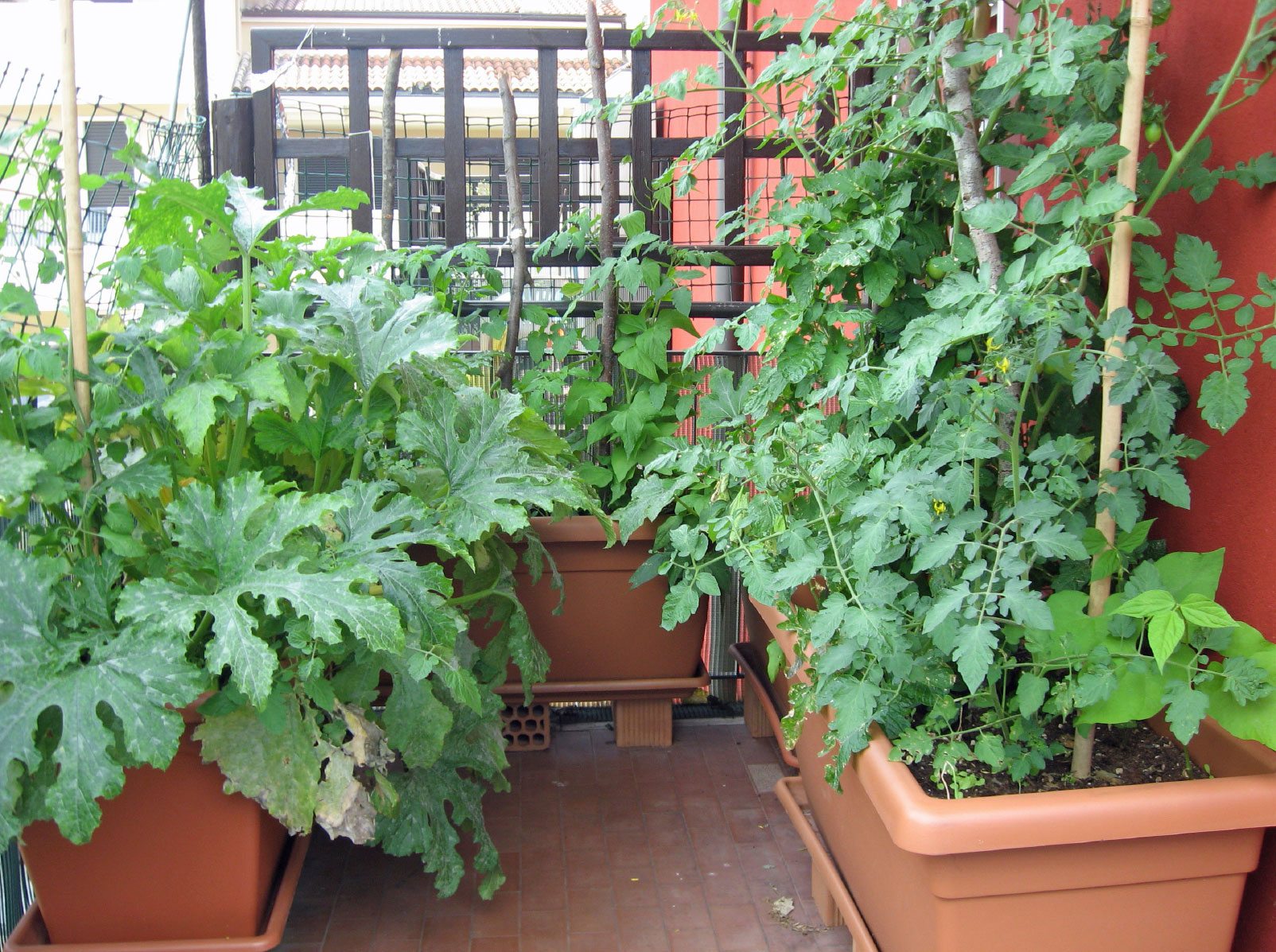City Blooming - Truths
Wiki Article
What Does City Blooming Mean?
Table of ContentsThe Facts About City Blooming UncoveredAn Unbiased View of City BloomingThe 5-Second Trick For City BloomingThe Greatest Guide To City BloomingCity Blooming - Questions
Interested in expanding food to buy in the City of Chicago? Thinking of starting an area yard? Adjustments to the Chicago Zoning Statute allow agricultural uses like neighborhood gardens and urban ranches in many parts of the city. Below is a list of often asked inquiries regarding the rules and regulations that growers must think about when planning a city farming project.
The zoning amendment does not modify any kind of other codes managing composting, structure permits, buying or renting City possessed building, service licenses or environmental contamination. There are existing codes that control these issues and they continue to be completely impact and may apply to your job. Community gardens are commonly owned or taken care of by public entities, public companies or community-based companies and kept by volunteers.
Urban farms grow food that is meant to be marketed, either on a nonprofit or for-profit basis. As a result of their business function, urban farms require an organization permit. Yes. A neighborhood yard is permitted to offer excess create that was expanded on website if the sales are accessory or subordinate to the garden's primary function explained over.
Not known Incorrect Statements About City Blooming
The quantity of compost material can not surpass 25 cubic backyards at any kind of given time according to the criteria in 7-28-715 of the City's Municipal Code. Since the soil at most new yard websites needs changing, compost, dirt, wood chips, or other products can be gotten to build or enhance the expanding area.
If a structure permit is called for then the hoophouse will be taken into consideration an accessory structure. You can discover out even more regarding the structure license requirements by contacting the Division of Buildings. The 25,000-square-foot dimension limitation is intended to stop a solitary neighborhood yard from controling a provided block or diminishing the block's existing domestic or business personality.
The restriction does not use to gardens found in Public Open Room (POS) districts. Can there be more than one neighborhood yard that is 25,000 square sites feet on a solitary block? Fencing is not needed, however, gardens that have huge car parking locations might be needed to install secure fencing or various other landscaping attributes.
Unknown Facts About City Blooming
B1 & B2 areas call for that all commercial usage tasks be conducted indoors. R districts limit commercial activity. The guidelines reflect the function and intent of the Zoning Code. Is fencing required for city farms? Yes. Fencings may be needed, in addition to landscape design and screening, for sure parking areas and exterior job or storage areas relying on location and the certain activity occurring.Urban ranches call for structure permits and zoning approvals prior to building and construction (garden care). Other types of city testimonial may be needed depending on details structures, tasks, dimension, landscape design, licensing, public heath and stormwater monitoring concerns.
The Division of Business Affairs and Consumer Security can aid determine the details type of business license that's called for. Off road auto parking is required for a lot of business projects in Chicago. The needed number of parking areas is based on the number of workers functioning on website and not the square footage of the growing area.
9 Easy Facts About City Blooming Explained

A metropolitan farm can sell garden compost material created on website, nevertheless, the operation should conform with the guidelines in 7-28-715 of the Chicago Municipal Code. Aquaponic systems are permitted inside on city ranches in several zoning areas.
Up to 5 hives or swarms of honey may be kept as an accessory use. Beekeepers need to register with the Illinois Department of Farming. For more details concerning the recommended zoning modification you may get in touch with the Division of Housing and Economic Advancement, Bureau of Planning and Zoning at 312.744.8563.
Farming in cities and city locations An urban farm in Chicago. Urban agriculture refers to numerous techniques of growing. https://www.find-us-here.com/businesses/City-Blooming-San-Francisco-California-USA/34090046/, processing, and distributing food in city areas. The term likewise applies to the area tasks of animal husbandry, aquaculture, beekeeping, and gardening in a metropolitan context. Urban agriculture is differentiated from peri-urban farming, which occurs in backwoods at the edge of suburbs.
City Blooming for Beginners
, that seek to create social networks founded on a common ethos of nature and area holism. These networks can develop by means of official institutional support, coming to be integrated into neighborhood town preparation as a "shift town" movement for lasting metropolitan development.Some of the first evidence of urban agriculture comes from Mesopotamia.
Report this wiki page